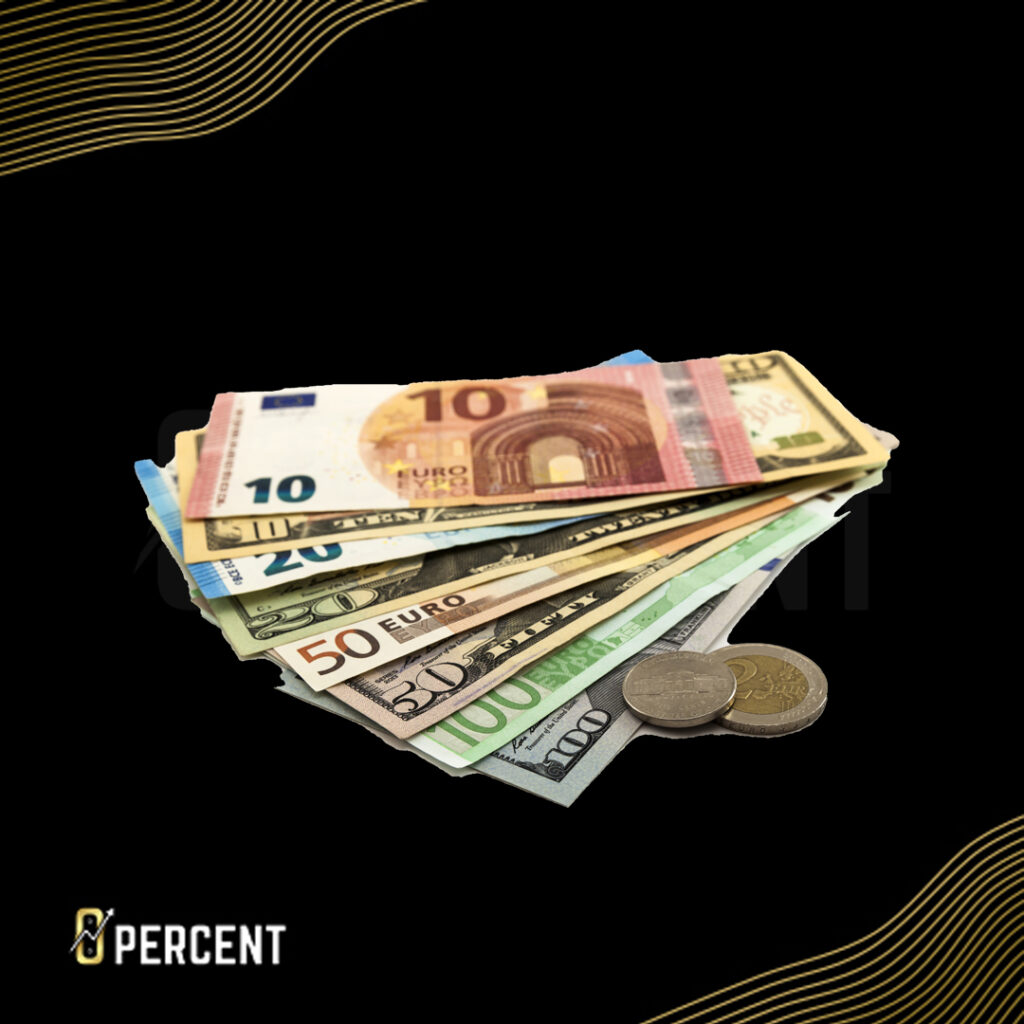
Jeff Sekinger
Jeff Sekinger Founder & CEO, 0 Percent Who is Jeff Sekinger? Visionary Trailblazer Sekinger has been in the financial industry for over a decade. Starting
Forex trading, also known as FX or foreign exchange trading, refers to the process of buying and selling currencies on the global market. In forex, traders aim to make profits by exchanging currencies at agreed-upon prices. This exchange is open 24 hours per day, 5 days per week, and is one of the most popular and widely used markets in the world. One of the reasons why Forex is so popular is due to its high liquidity and potential for significant returns. To get started trading on the foreign exchange, you will need to open an account with a forex broker.

Just like any other market, forex comes with the potential for significant returns as well as significant losses. When trading on forex, it is important to have a solid understanding of how the market works and which currencies you want to trade. One of the primary concepts as it pertains to forex is currency pairs. Currency pair refers to the value one currency holds against another. For example, the most commonly traded currency pair is EUR/USD, or Euro against the Dollar. You buy a currency pair if you believe that a currency will appreciate in value, and sell when you believe the currency will depreciate.
There are several strategies traders can utilize when trading on the foreign exchange. Some of the most common strategies are carry trading and technical analysis. In more recent times, new strategies have emerged, such as the use of artificial intelligence and algorithmic trading bots. 0 Percent is active in this emerging space and already has trading bots developed for the FX market.
Carry trading is a trading strategy whereby a trader will borrow money in a currency that has a low interest rate and use it to invest in a currency with a high interest rate, earning the interest rate differential profit. Carry trading is a time based technique, and typically sees profits over a longer period of time. For example, let’s say a trader borrows Japanese Yen, which has a relatively low interest rate, and uses it to buy Canadian Dollars, which has a higher interest rate. The trader would hold on to the Canadian dollar earning the higher interest rate, but pay the lower interest rate on the borrowed Yen.
As a general rule, carry trading requires significant capital and also carries a significant amount of risk.
A more traditional technique, technical analysis is a strategy that involves studying charts and other market data to identify patterns and trends. This data is extrapolated to predict future price movements. Technical analysis is a time consuming method, though generally holds less risk than many other strategies, as trades are based on data and a good understanding of trends.
A more recent phenomenon, the use of algorithmic trading bots, or algo bots is becoming increasingly widespread. Algorithms powered by artificial intelligence can be programmed with immense amounts of market data and can even be connected to the internet, enabling the algorithm to learn from current events in real time. These bots can trade 24 hours a day and have the potential to earn greater returns than human traders. While it is important not to rely solely on algo bots for all of your investing, algo bots can be a useful tool in an arsenal of investing tools used to generate profits.
Forex is one of a multitude of exchanges, with its own risk / reward ratio, and requires its own set of strategies for success. Forex offers a great opportunity for traders looking to make a profit on the global market, but should be approached with sound understanding and a diverse portfolio of risk management techniques.

Jeff Sekinger Founder & CEO, 0 Percent Who is Jeff Sekinger? Visionary Trailblazer Sekinger has been in the financial industry for over a decade. Starting
Sign up to receive news & updates!
Sign up to receive news & updates!